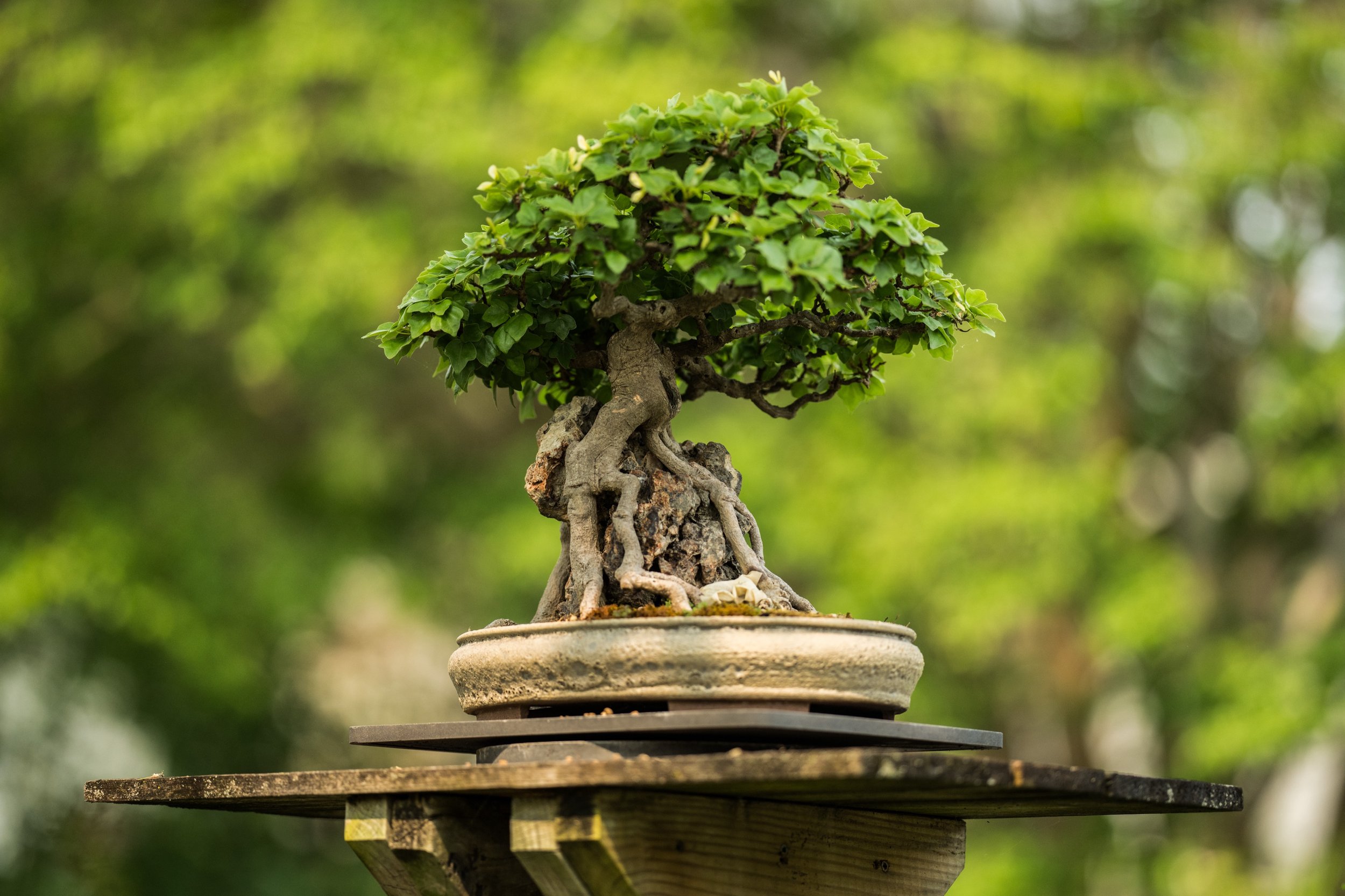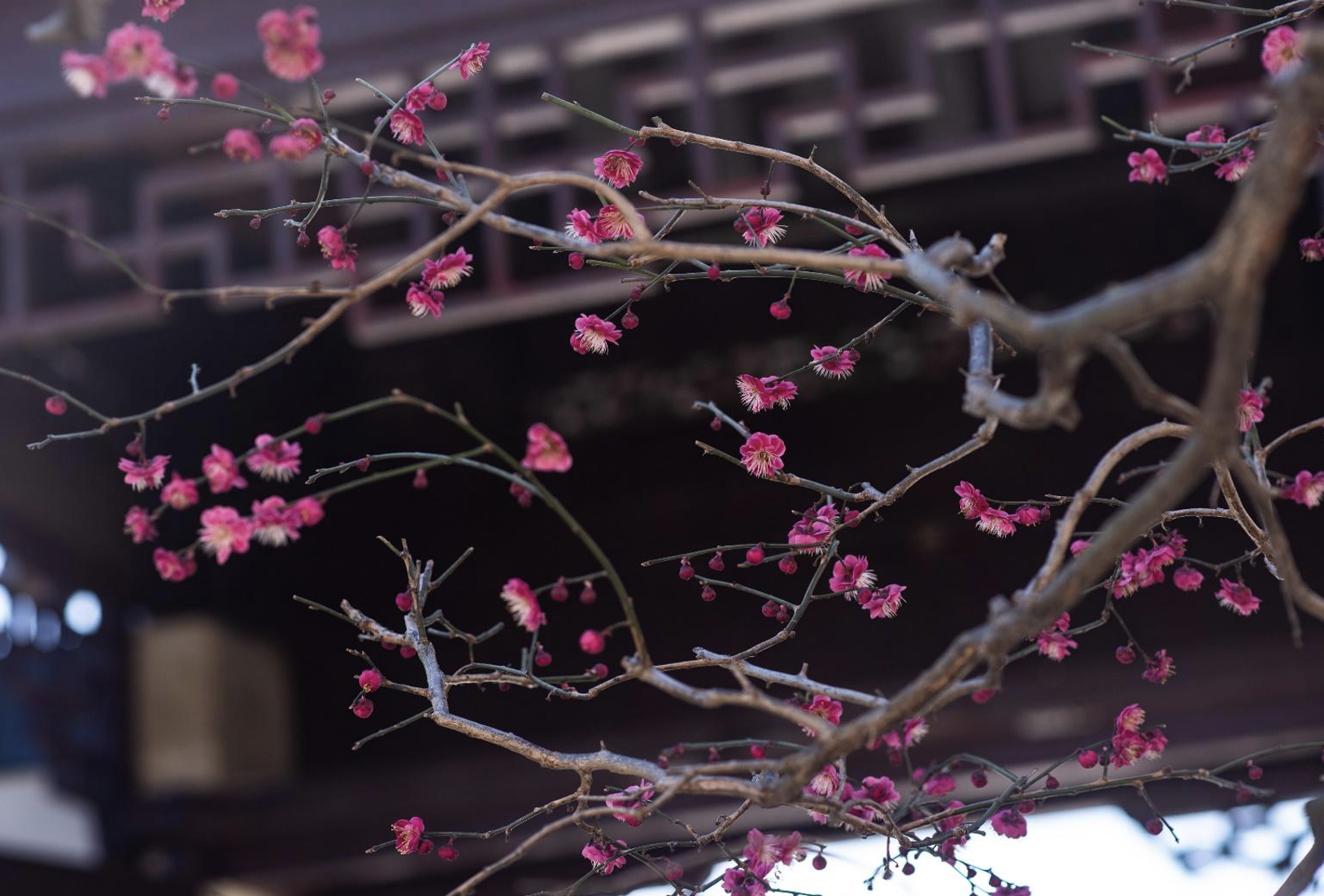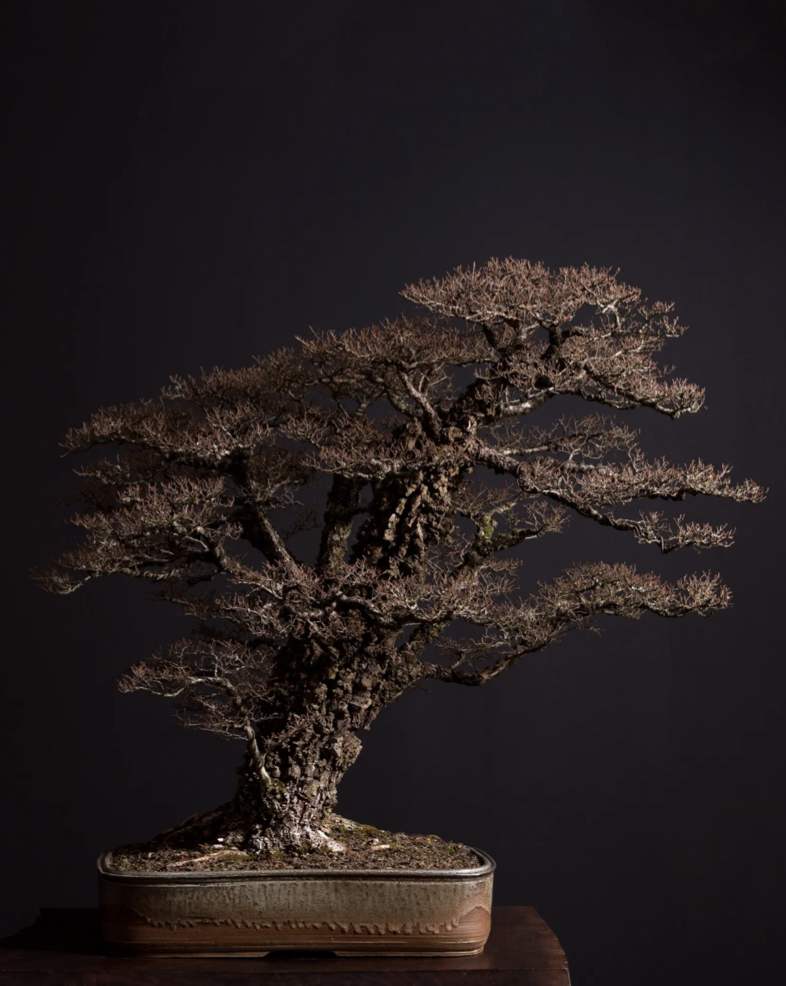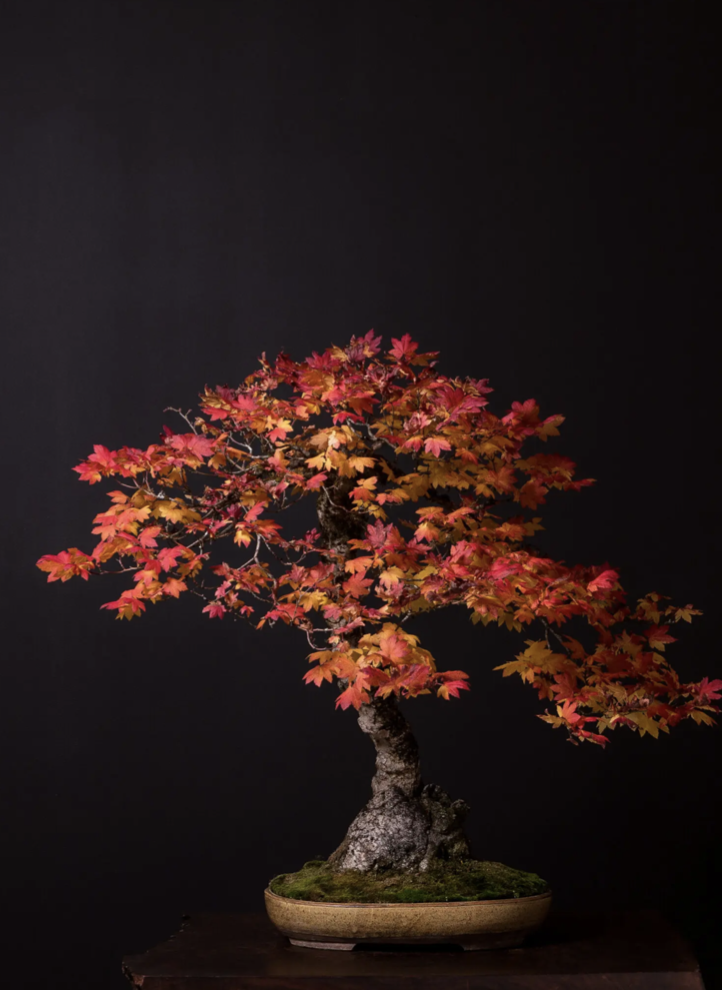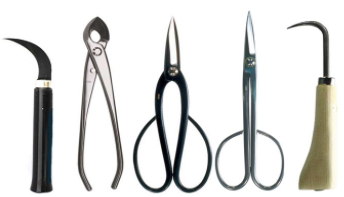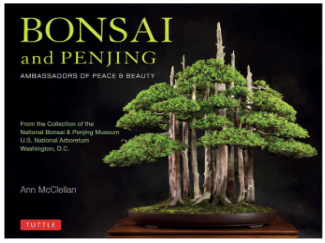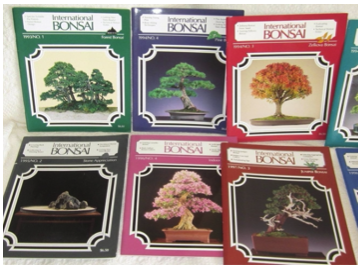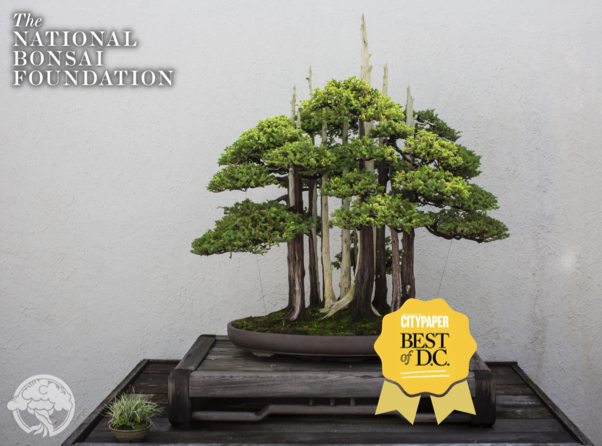Today, Naka’s and Kimura’s students continue to redefine the field: Take, for instance, Ryan Neil, who founded his studio, Bonsai Mirai, outside Portland, Ore., in 2010 after a six-year apprenticeship at Kimura’s garden in the Saitama prefecture, home to Japan’s most venerated bonsai nurseries. Neil, 39, combines his teacher’s formal daring with Naka’s open, idealistic approach, sculpting Rocky Mountain
junipers into pale white streamers or rugged bursts of deadwood reaching out from plumes of foliage. These trees, he says, “allow people to see their place in the native environment.”
On Croatia’s Dalmatian coast, Marija Hajdic, 45, celebrates seasonal transformation with wild plum trees that blister with pale pink blossoms in the spring, and deciduous hornbeams that drop their leaves each winter to reveal branches that seem to claw at the air. Like Neil, Hajdic works principally with foraged trees — known as yamadori in Japan — often gathering ones that are dynamic and wild rather than calming or geometric. “When I go to nature, I want my heart to start pounding,” she says.
In Japan, where classical bonsai still predominates and young people view the craft primarily as a hobby for the elderly and the rich, the 40-year-old artist Masashi Hirao, based in Saitama, has turned public demonstrations in which he plants, prunes and wires his trees for live audiences — a common source of income for bonsai professionals — into performance art, complete with live music, a practice that traditionalists have denounced as antithetical to bonsai’s meditative intent. In his displays for retail spaces and fashion shows, Hirao has suspended wispy junipers in tiered ceramics and trained variegated landscapes over precarious stacks of stone. “The trees themselves are not about self-expression. I’m a servant to the tree,” he says. “The way I put the trees together is how I express myself.”
Then there are Filipino artists, like Bernabe Millares, who work with the mangroves that fringe their archipelagic homeland, while their counterparts in Brazil, like Mário A G Leal, work with fruiting pitanga trees from their country’s tropical coast and gnarled calliandras from the northeastern bush. In China, WeChat groups dedicated to penjing have proliferated, introducing species and styles from regions that previously had no formal tradition, while a new generation of oligarchs has spent small fortunes collecting penjing, sometimes investing hundreds of thousands of dollars in a single plant. The venerable Seikouen nursery in Saitama teaches hobbyists to make playful, accessible bonsai using inexpensive materials — similar to the “pop bonsai” described by the author Lisa Tajima in her 2004 book of the same name — while the increased exportation of classic species, says Kawasaki, the Kyoto-based scholar, has led young artists to experiment with nontraditional plants like gajumaru, a banyan from the island of Okinawa, in the south, that is rarely used by older masters.
For enthusiasts who have taken to bonsai during the Covid-19 pandemic — Bonsai Mirai saw a 27 percent increase in registrations for online classes from March through May of 2020 alone — the art form has become a ready metaphor for days spent in confinement and has offered solace from the monotony of modern life, much as it did for its early practitioners. In a world shadowed by death, it proved that life would carry
on, even under difficult circumstances. “When I look at a tree, my troubles are gone,” Kawasaki says. “Humans worry. The tree keeps growing.”
Source: The New York Times



